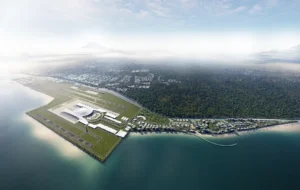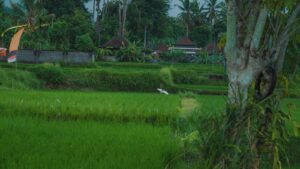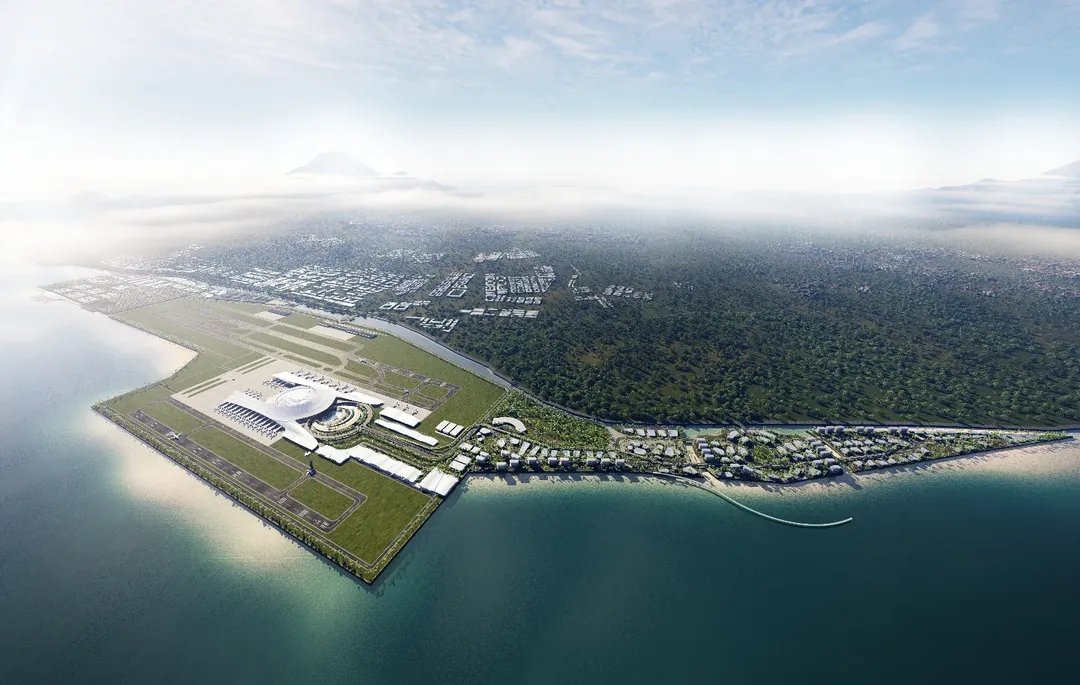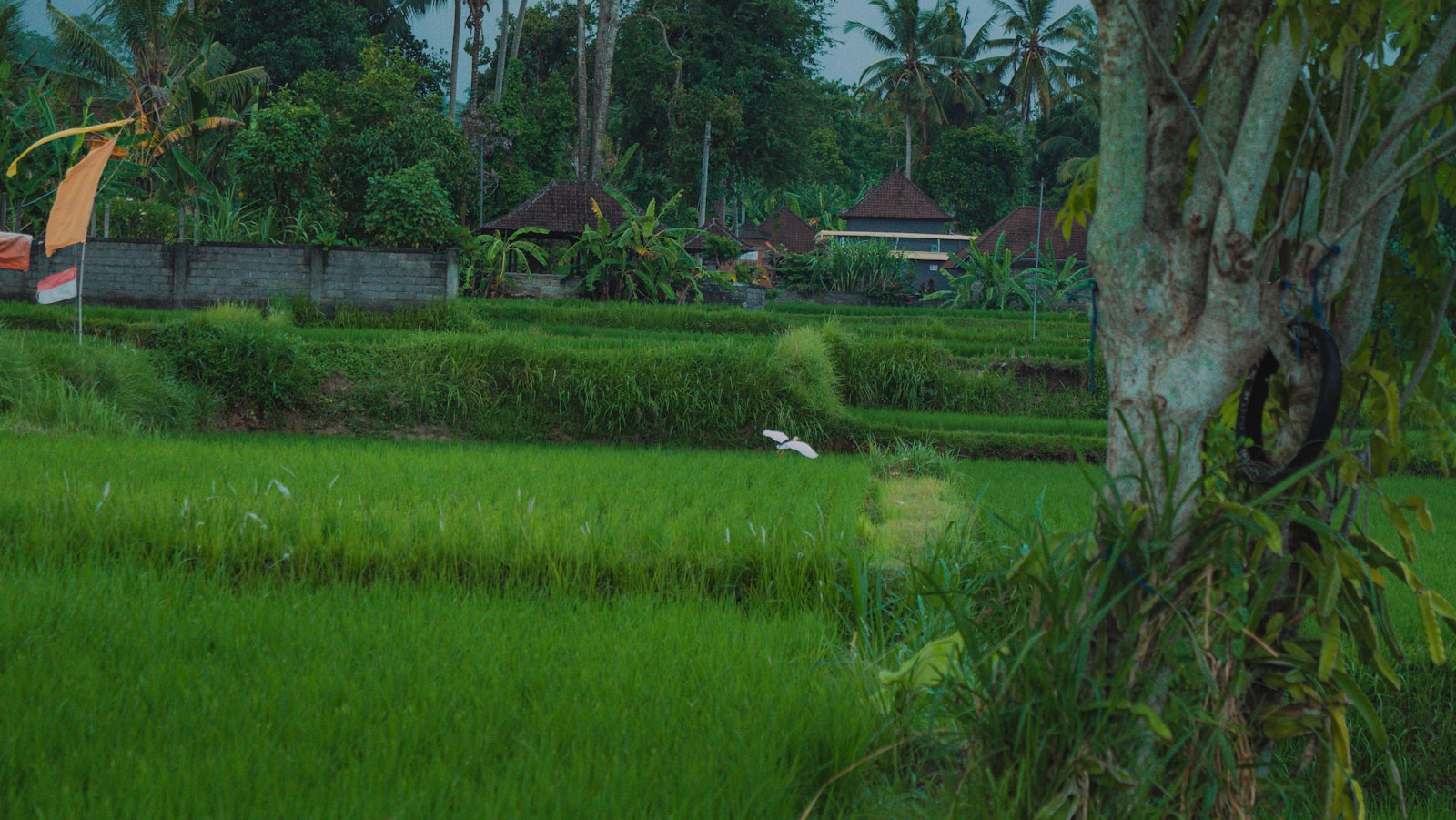Bali’s Crossroads: Can a New Airport Fuel Growth Without Sacrificing Paradise?
Quick Read TL;DR
Bali's proposed Buleleng airport promises economic revitalization and improved connectivity for the island's northern region. However, this ambitious project raises significant concerns about overtourism, environmental degradation, and cultural erosion. The construction of an artificial island for the airport could disrupt marine ecosystems, exacerbate waste management issues, and strain freshwater resources. Additionally, the expansion into Buleleng risks repeating patterns of cultural commodification and community displacement seen in southern Bali. Balancing development with sustainability requires comprehensive planning, community involvement, and a commitment to preserving Bali's unique environmental and cultural heritage.
Bali, the “Island of the Gods,” is at a pivotal moment. A proposed international airport in Buleleng, designed as a sea turtle-shaped artificial island, promises economic revitalization and improved connectivity. Yet, this ambitious project raises pressing concerns about overtourism, environmental degradation, and cultural preservation. As Bali grapples with balancing development and sustainability, the question arises: Can the island embrace progress without compromising its unique identity and ecological health?
The Grand Vision: Economic Growth and Connectivity
The proposed Buleleng airport aims to transform Bali’s northern region, creating approximately 200,000 jobs and addressing regional poverty. Plans include a toll road and railway to reduce travel time from Denpasar to Buleleng, enhancing accessibility. The project also envisions a film industry hub, “Baliwood,” to diversify the economy. The sea turtle design symbolizes a blend of Balinese tradition and modernity.
However, the estimated $3 billion cost, likely funded by a Chinese consortium, has sparked scrutiny over financial and environmental implications. Discussions continue about expanding the existing southern airport, which currently struggles with high demand, handling up to 400 daily flights.
Environmental and Social Concerns
Ecological Impact
The construction of an artificial island for the new airport poses significant environmental risks. Marine ecosystems could be disrupted, affecting biodiversity. Bali already faces challenges with waste management, producing around 4,200 tons of waste daily, much of which pollutes the environment. Water scarcity is another pressing issue, with tourism consuming a substantial portion of the island’s freshwater resources, threatening traditional agricultural systems like the subak irrigation network.
Cultural and Social Implications
Overtourism has led to cultural erosion, with traditional practices often commercialized for tourist entertainment. Rising real estate prices in tourist areas have displaced local communities. The expansion into Buleleng raises concerns about repeating these patterns, potentially disrupting the region’s cultural fabric and social cohesion.
Government Initiatives and Community Efforts
Policy Measures
In response to overtourism, the Balinese government has introduced measures such as a $10 tourism tax and a moratorium on new hotel construction in congested areas. These steps aim to promote sustainable tourism and protect the environment.
Grassroots Movements
Local communities and NGOs are actively working to mitigate tourism’s negative impacts. Initiatives include waste separation and recycling programs, organic farming, and environmental education in schools. Projects like Bye Bye Plastic Bags and coral reef restoration in Pemuteran Bay exemplify grassroots efforts to preserve Bali’s natural and cultural heritage.
Balancing Development and Sustainability
The proposed airport presents a dilemma: pursuing economic development while safeguarding Bali’s environment and culture. A comprehensive approach is necessary, involving:
- Sustainable Infrastructure: Ensuring that new developments incorporate eco-friendly designs and technologies.
- Community Involvement: Engaging local populations in decision-making processes to align development with community needs.
- Cultural Preservation: Protecting and promoting Balinese traditions and practices within the tourism framework.
- Environmental Protection: Implementing strict regulations to minimize ecological damage and promote conservation.
A Delicate Balance
Bali stands at a crossroads, where decisions made today will shape its future. The proposed Buleleng airport offers opportunities for economic growth and regional development. However, without careful planning and a commitment to sustainability, the island risks losing the very qualities that make it unique. By embracing a holistic approach that values environmental integrity, cultural richness, and community well-being, Bali can chart a path that honors its heritage while embracing the future.











